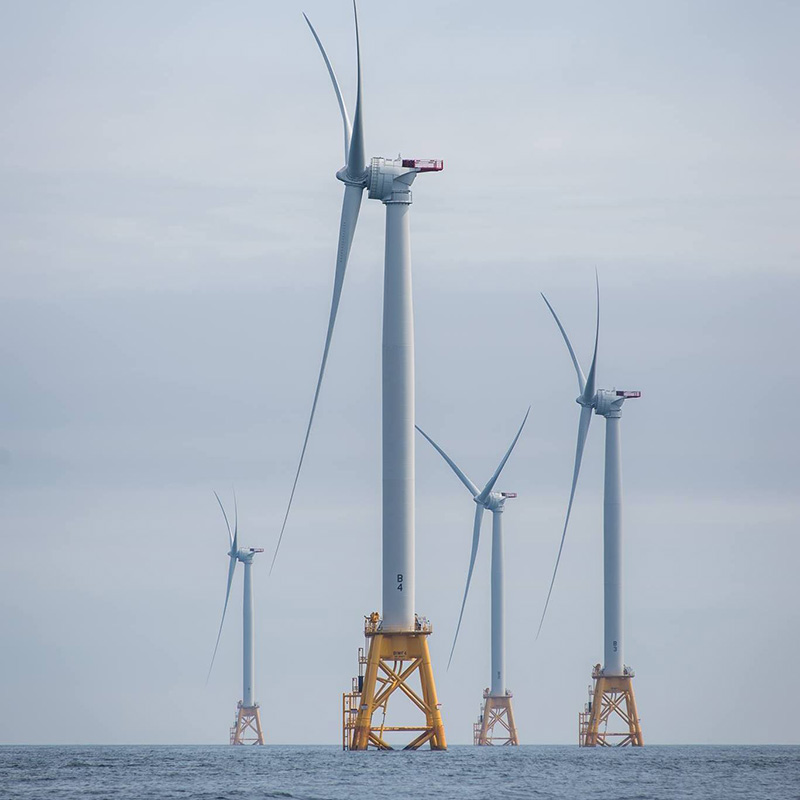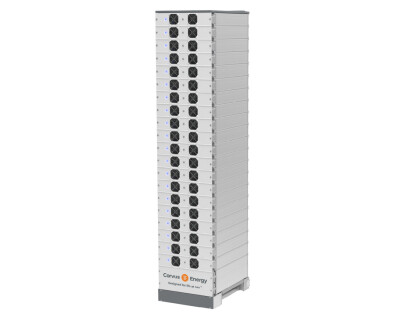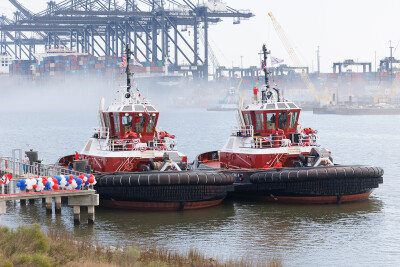The Interior Department formally reversed a Trump-era legal opinion on offshore wind energy, in another step toward the Biden administration’s goal of dramatically expanding the industry in U.S. waters.
An April 9 memo by Robert Anderson, the department’s principle deputy solicitor, critiques and reverses findings written in December by Daniel Jorjani, who was the department’s top lawyer when then-Interior Secretary David Bernhardt moved to shut down the approval process for the Vineyard Wind offshore project.
Anderson’s advice now is that Interior Secretary Deb Haaland “must strike a rational balance” of wind energy and fishing.
In that earlier 16-page document, Jorjani held that if Bernhardt “determines that either fishing or vessel transit constitute ‘reasonable uses…of the exclusive economic zone, the high seas and the territorial sea,’ the Secretary has a duty to prevent interference with that use.”
Moreover, Jorjani wrote, the Interior secretary should determine “what is unreasonable” interference from offshore wind turbines “based on the perspective of the fishing user.” That was a victory for commercial fishing advocates who had gone directly to Bernhardt with their concerns.
In the new memo – five pages dense with analysis of the Outer Continental Shelf Lands Act and related court decisions – Anderson wrote that the OCSLA requires the Interior secretary to consider a dozen specific goals of the law when making decisions.
That goals provision of the law “commands the Secretary to act in a ‘manner that provides for’ many separate – and potentially competing – considerations,” Anderson wrote. Enumerating some of those goals, Anderson says the Interior secretary must strike a balance.
“Thus, the Secretary’s obligations to provide for the ‘protection of the environment,’ the ‘prevention of waste,’ the ‘protection of national security interests of the United States,’ and the ‘fair return to the United States’ may weigh in favor of Secretarial actions to maximize low-emission and renewable electrical generation from offshore wind facilities, but, in some circumstances, the siting and operation of those facilities may not optimally provide for other ‘reasonable uses’ of the exclusive economic zone.”
The Trump administration memo focused on one OCSLA provision for “prevention of interference with reasonable uses” to avoid any conflict with fisheries, when a full reading of the law shows “only that the Secretary rationally balance the subsection’s various goals,” Anderson notes.
“The Opinion, including its extra-statutory policy advice, is therefore in error,” the memo concludes. “Pursuant to delegated authority, I hereby withdraw the Opinion and advise the Secretary that, for purposes of subsection 8(p)(4) of OCSLA, her actions must strike a rational balance between the subsection’s enumerated goals.”
The new memo comes as a final decision from the Bureau of Ocean Energy Management for permitting Vineyard Wind is expected. The Responsible Offshore Development Alliance, a coalition of fishing groups and communities, submitted a letter to BOEM pleading for mitigation measures to be included.
“Offshore wind development poses direct conflicts with fishing and the current permitting process provides no meaningful opportunity to include the needs of sustainable seafood harvesting and production in strategies to mitigate climate change,” the group said. “Recent interagency announcements to fast-track offshore wind energy production have provided no commitments to address this transgression of the federal government’s public trust duties.”
RODA reacted glumly to news of the Interior Department memo on its Facebook posting Friday: “Today the administration continued its frenzy to seep away common sense, equity and its public trust responsibilities by revoking a prior legal memo suggesting offshore wind projects should not unreasonably interfere with our centuries-old sustainable fisheries.”
Meanwhile, the New York State Energy Research and Development Authority – otherwise an enthusiastic promoter of offshore wind development – signaled it may not support BOEM proposals for additional development areas closer to Long Island. The agency has begun its public scoping process to assess the potential for wind leases on almost 800,000 additional acres in the New York Bight.
In an interview published April 9 by Newsday, Doreen Harris, the recently appointed CEO of NYSERDA, said the federal agency’s proposed Fairway North and Fairway South wind energy areas – named for nearby shipping lanes into New York Harbor – would be “sub-optimal.”
The potential for wind turbines in those areas to be visible from the wealthy Hamptons beach resort region is one factor, she told the newspaper.





[5] copy.png.small.400x400.png)